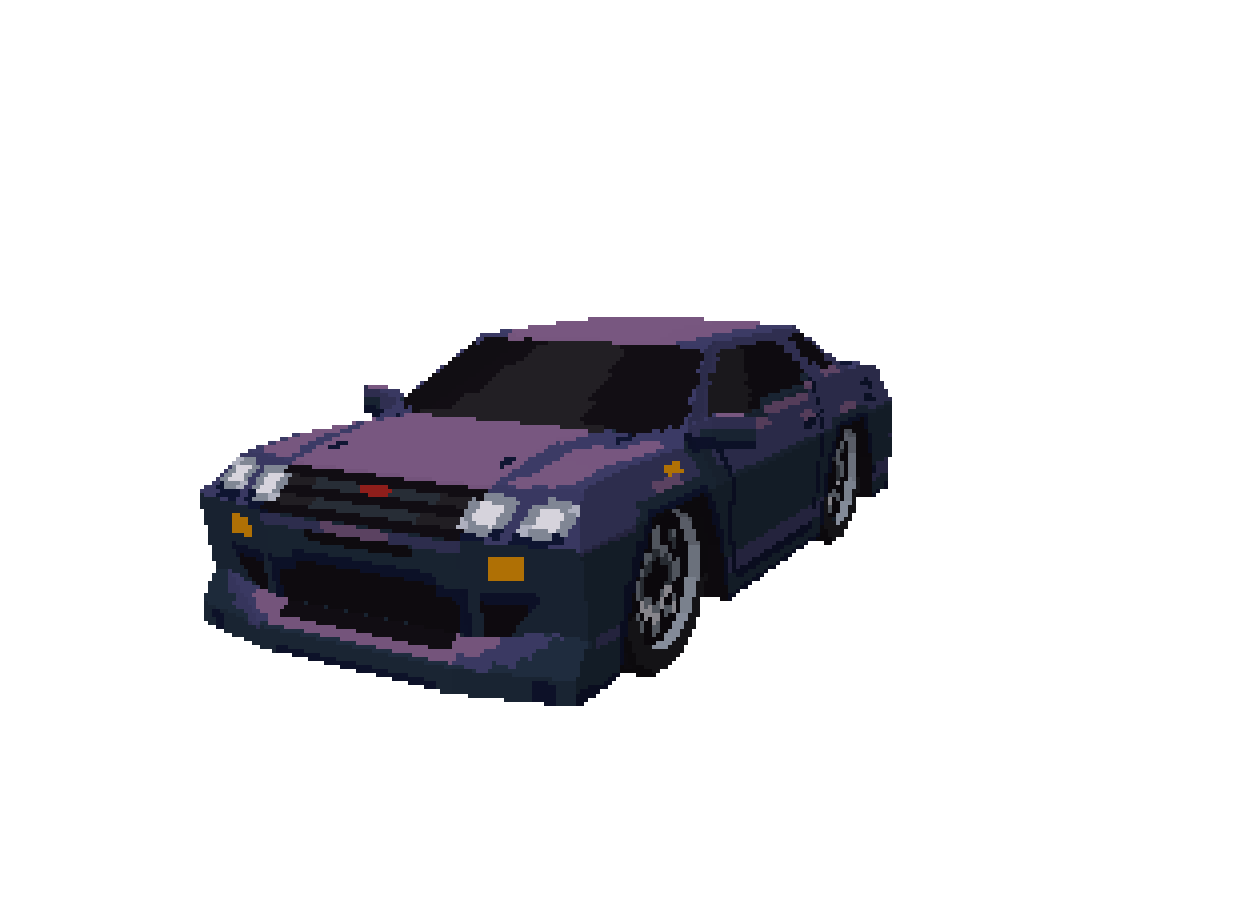After talking about binaural audio in music in the previous blog post, it is time to get our hands dirty and I actually created a binaural mix ourselves! But before we do it, let’s talk briefly about the technologies which are being used nowadays for compiling such special audio experiences!
Recording In Binaural
Before we go and use the actual software encoding tools, it is important that we gloss over how one can record a binaural stereo mix without using computers. Well, I am happy to tell you that there is a way to do this: recording the soundscape on two microphones put inside a moulded ear canal and spaced at approximately the diameter of the standardised human skull.
As you can see the idea is quite straightforward, but yet again there are different ways of doing it - from really expensive to full DIY. One of the most popular solutions is the famous Neumann KU 100 Binaural Microphone which costs a whopping £6,799 (link) but it is kind of worth it. It is a full-blown “dummy head microphone for a truly immersive binaural listening experience with headphones” and Neumann state that these recordings are are “loudspeaker compatible” (link). But it is truly hard to justify paying that of your hard own money if you are not serious about binaural recording.

The other much more budget-friendly option is 3Dio’s Free Space Binaural Microphone Series which come in different shapes and forms but are much cheaper compared to the Neumann one. These microphones have been used to create the soundscapes for a game called Hellblade so it must mean that these bad boys are good enough for the normal mortals like most of us.
Recording in binaural is great, but it has one major flaw - it provides “an excellent virtual surround picture when listened to through headphones, but only from one perspective/ direction” (link). This makes it impossible to use such types of recordings in other separate productions, especially VR.
Using Software to Create Binaural Mixes

Here is the fun part, at least for me, VST plugins and software. There are a plethora of plugins that enable the user to create binaural mixes by processing the input using the Head-Related Transfer Function (HRTF), which is a phenomenon that describes how an ear receives sound from a sound source (link). One of the most popular solutions for working inside the DAW is Dear Reality’s plug-in suite, as the company specialises in “well-known for its binaural, Ambisonics and multichannel encoder with totally realistic room virtualization” (link). DearVR Pro plugin is great for mixing within DAWs and comes with its’ built-in reverb.

Things get even more interesting for real-time audio processing, which is used in game engines and middleware. Most of the solutions, such as Unity, Unreal, Fmod and Wwise offer 360 spatialisation for sounds implemented in the game and can convert the output from 7.1 to binaural just by changing an option in the settings, due to the fact that all the sounds are treated as objects and beds, similar to how it is done and Dolby Atmos.
Showcase of My First Binaural Project
Well, it is finally the time to reveal and guide you through the creation process of my binaural mix. At first, I really wanted to create a musical experiment, but due to a creative block, I could not compose and arrange a piece that I was truly happy to turn into a binaural recording. Nonetheless, I still produced a track specifically for this project as well as used one of my old ones and here they are!
So rather than creating a musical experience, I decided to do a conceptual tour of my room with a plot as follows - I enter my room, while there is music playing behind the wall, go to my PC and put on another track on the loudspeaker and just start walking around the room, lay down on the bed, etc. I am quite proud of the final outcome, it sounds realistic to the point where I can tell the elevation of the sound source! You can have a listen to it yourself here (I have included comments throughout the track so you can understand what is going at a given time).

My Process and How Did I Do It
So before actually starting the production stage, I did some pre-production by making a drawing a simple schematic of my room and by recording video walking around my room, just to help me locate the sound sources in a 3D space to the relationship of the video. This was an essential step, as it gave me a point of reference to which I can judge my mixing decision. After that, I imported the video into a Pro Tools session and start building the soundscape!

So that was actually the fun part. I used DearVR Pro to do my binaural panning and it turned out surprisingly well - all I had to do was to just look at the video and put the pan’s XYZ coordination so that everything matches the video while recording my actions as automation. Sometimes I had to redo some parts of the timeline due to the fact that it was really hard to wrap my head around where the sound should be panned compared to the camera’s perspective.
It Is Right There...
This is my first experience working with binaural it has made me quite excited to continue working on music with the goal of mixing it in binaural! By for now, see you next time!
